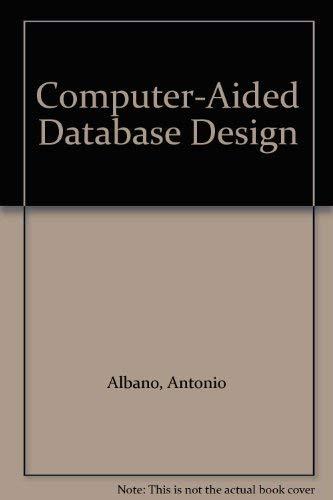Answered step by step
Verified Expert Solution
Question
1 Approved Answer
Introduction: IoT as a Transformative Technological Paradigm The Internet of Things ( IoT ) has emerged as a ground breaking technological paradigm, reshaping how businesses
Introduction:
IoT as a Transformative Technological Paradigm
The Internet of Things IoT has emerged as a ground breaking technological paradigm, reshaping how businesses operate, interact with customers, and manage resources. At its core, IoT refers to the network of interconnected physical devices that collect, share, and act on data through the internet. This connectivity enables devices to work together seamlessly, providing insights, automation, and improved efficiency across various sectors
Background:
Fundamental Principles and Components of IoT
Connectivity: Devices are connected to the internet, allowing them to communicate and exchange data.
Sensors and Actuators: Sensors collect data from the environment eg temperature, humidity, motion while actuators perform actions based on data received eg adjusting thermostat settings, turning lights on or off
Data Processing: Data collected by sensors is processed and analyzed, either locally edge computing or centrally cloud computing
User Interface: Interfaces eg mobile apps, web dashboards allow users to interact with the IoT system, monitor data, and control devices.
Security: Ensuring the security and privacy of data is paramount, involving encryption, authentication, and regular updates to mitigate vulnerabilities.
RealWorld Applications of IoT in Various Industries
Manufacturing Industry :
Smart Factories: IoT enables automation and realtime monitoring of production lines, predictive maintenance of machinery, and optimization of resource usage.
Supply Chain Management: IoT sensors track inventory levels, monitor the condition of goods in transit, and optimize logistics routes.
Healthcare:
Remote Patient Monitoring: Wearable devices track vital signs and transmit data to healthcare providers for continuous monitoring and early intervention.
Smart Medical Devices: Connected devices like insulin pumps and pacemakers can be monitored and controlled remotely.
Smart Cities:
Traffic Management: IoT sensors manage traffic flow, reduce congestion, and improve public transportation efficiency.
Waste Management: Smart bins equipped with sensors alert waste management services when they need to be emptied, optimizing collection routes.
Challenges and Opportunities
Challenges:
Security and Privacy: Ensuring the security of IoT devices and the data they collect is critical. Vulnerabilities can lead to data breaches and unauthorized access.
Interoperability: With a myriad of devices and standards, ensuring that different IoT systems can work together seamlessly is a significant challenge.
Data Management: The sheer volume of data generated by IoT devices requires robust data management and analytics solutions.
Regulatory Compliance: Navigating different regulatory environments and ensuring compliance with data protection laws is essential for global IoT deployments.
Opportunities:
Enhanced Efficiency: IoT enables realtime monitoring and optimization of processes, leading to significant cost savings and increased productivity.
New Business Models: IoT opens up opportunities for new revenue streams, such as subscriptionbased services and datadriven insights.
Improved Customer Experience: Personalized and proactive services enhance customer satisfaction and loyalty.
Sustainability: IoT solutions can help reduce energy consumption, optimize resource usage, and minimize waste, contributing to sustainability goals.
Challenges and Opportunities in IoT
Challenges:
o Security and Privacy: Vulnerabilities can lead to data breaches and unauthorized access.
o Data Management: Managing the vast data generated by IoT devices.
o Scalability: Complexity in managing expanding IoT networks.
o Regulatory Compliance: Adhering to varied global data protection laws.
Opportunities:
o Enhanced Efficiency: Realtime process optimization and cost savings.
o New Business Models: Subscription services and datadriven insights.
o Improved Customer Experience: Personalized, proactive services.
o Sustainability: Reduced energy use and waste.
o Innovation: Development of new products and services.
Conclusion:
Integrating IoT into your business can lead to transformative changes, enhancing efficiency, improving customer experiences, and driving innovation.
Reference list: not included in the word count: the Harvard Referencing Method must be adhered to with regards to intext citations and the reference list. Please make sure you have read and adhere to the NWU Referencing Guide, available in the HE Library module on ColCampus, as well as The Beginners Guide to Plagiarism, available
Step by Step Solution
There are 3 Steps involved in it
Step: 1

Get Instant Access to Expert-Tailored Solutions
See step-by-step solutions with expert insights and AI powered tools for academic success
Step: 2

Step: 3

Ace Your Homework with AI
Get the answers you need in no time with our AI-driven, step-by-step assistance
Get Started


